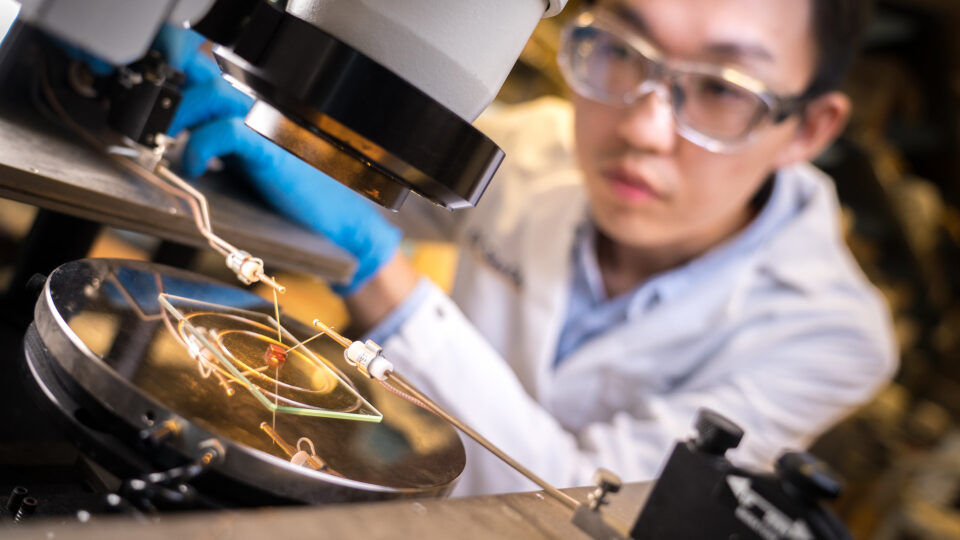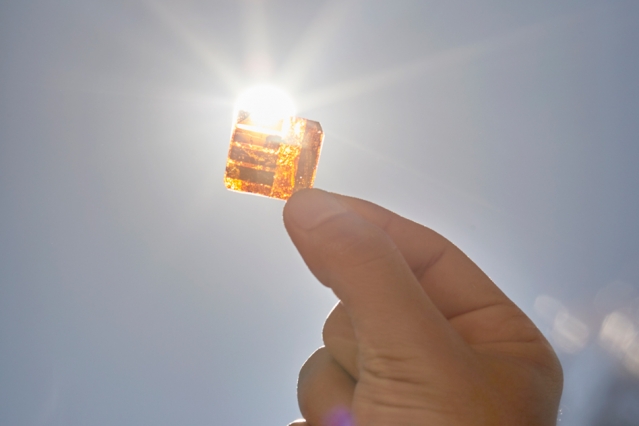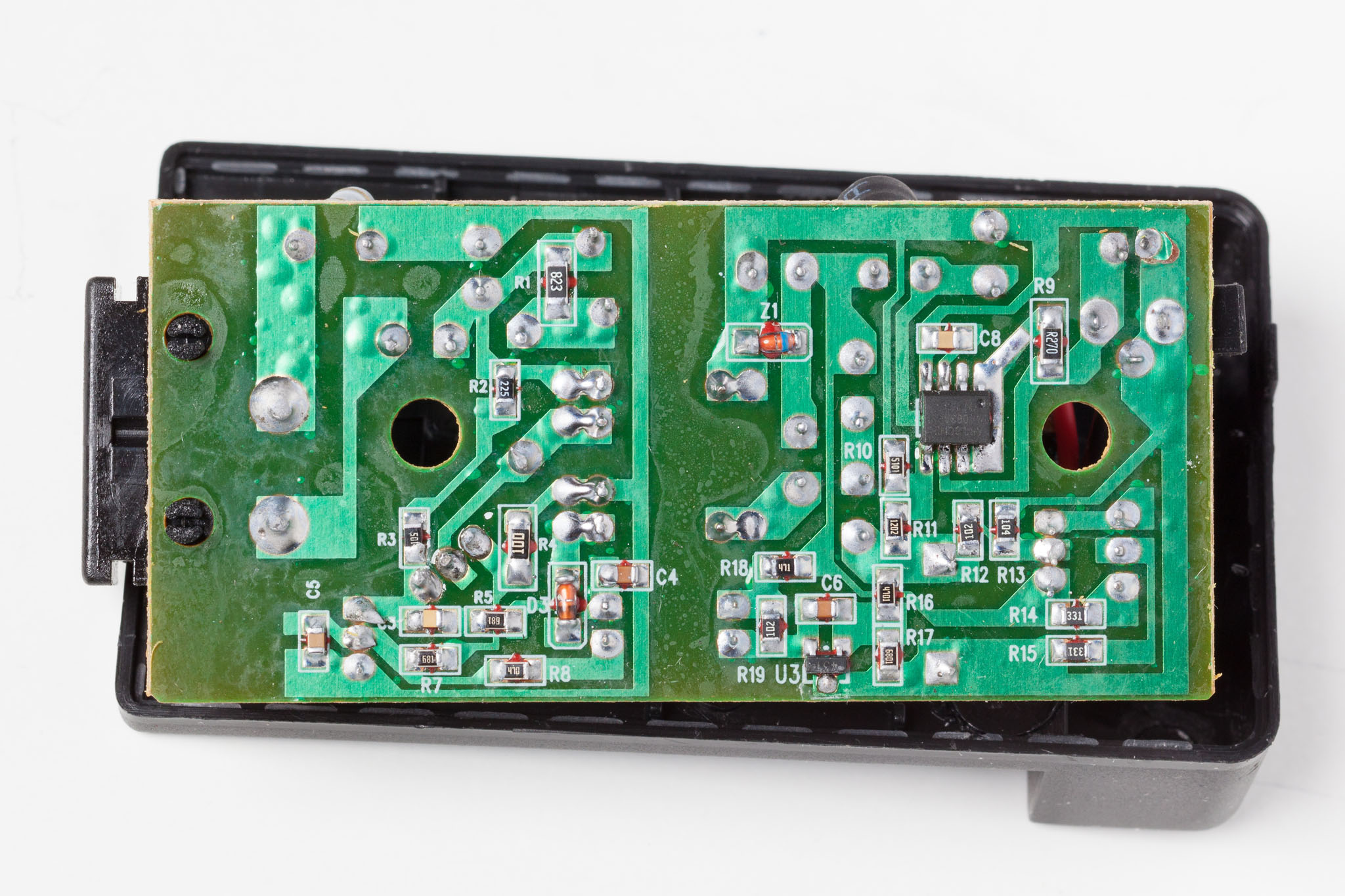Solar windows are an attractive idea. It is very appealing to have the vertical surfaces on the outside of almost any building generate electricity. The challenge is to have a transparent window be able to function as an efficient-enough solar panel.
Most conventional solar panels use silicon solar cell technology, which is not based on a transparent material. Transparent solar cells use dye-sensitized technology, which has been the subject of research for decades but has yet to achieve widespread use.
Researchers at the University of Michigan have recently published work on a new process to manufacture solar windows that can be large (over six feet in each dimension) and efficient at electricity production.
The windows make use of dye-sensitized cells which are connected to lines of metal so small that they are invisible to the naked eye. The individual cells are fairly small but the connection technology allows the construction of large windows.
The solar window has an efficiency of 7%, meaning 7% of incoming sunlight energy is converted to electricity. The researchers believe that 10% efficiency should be attainable with their technology. Conventional solar panels have efficiencies of 15% or more.
However, the goal is not necessarily to compete with silicon solar panels. The real opportunity is to be able to generate electricity when rooftop solar is not practical or to produce additional electricity even when there is already a solar roof.
Going forward, the goals of solar window development are to increase efficiency and to reduce costs to where installing the windows is economically attractive. Estimates are that the windows currently would cost about twice as much as a conventional window but would pay for the difference in two to six years depending on such things as the level of sun exposure.
**********
Web Links
Inside Clean Energy: What’s Hotter than Solar Panels? Solar Windows.
Photo, posted April 17, 2017, courtesy of Shelby Bell via Flickr.
Earth Wise is a production of WAMC Northeast Public Radio.










